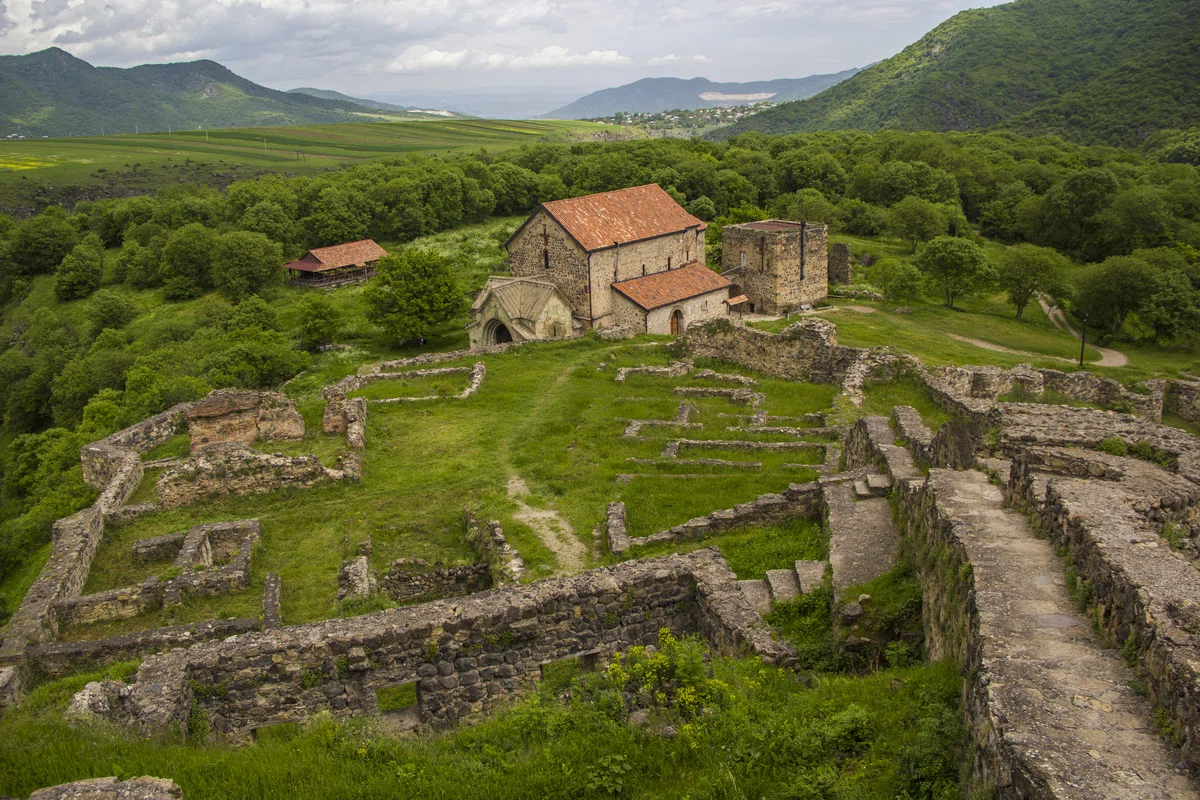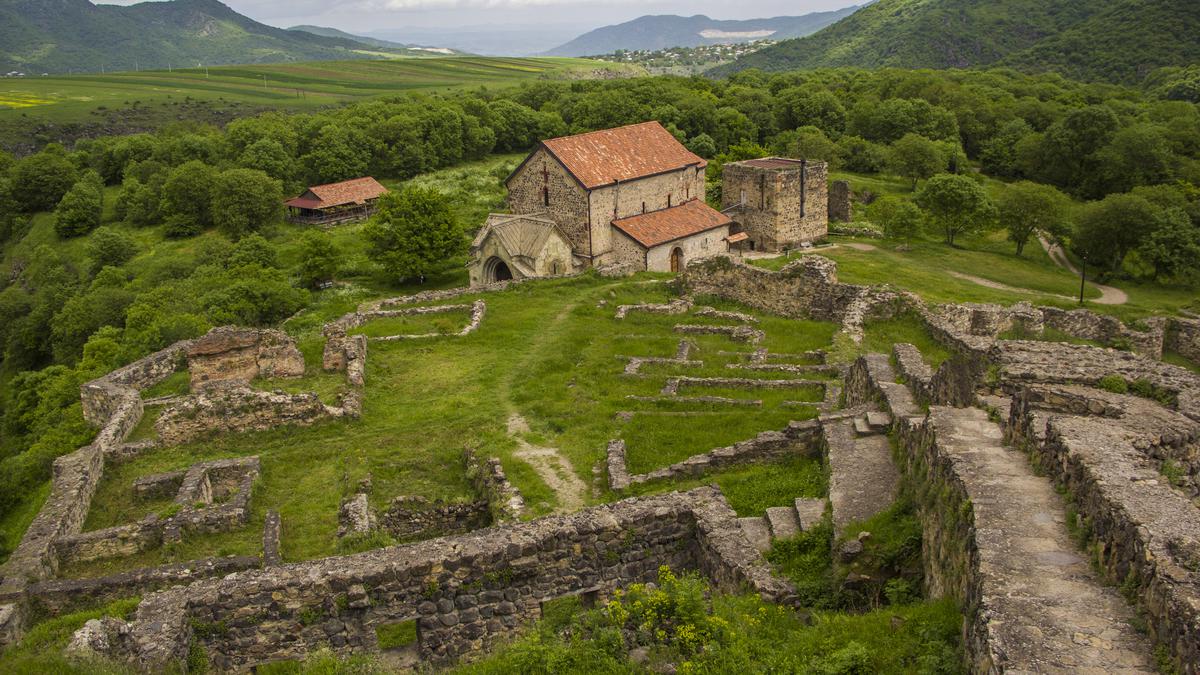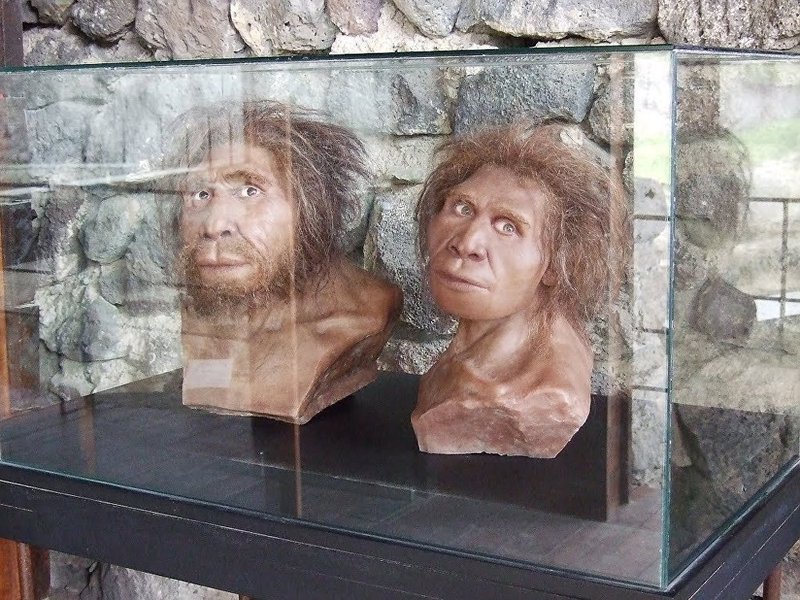
Группа археологических памятников в Грузии
В окрестностях Дманиси сохранилось богатое наследие, состоящие из сотни церквей, руин городов и крепостей, пещеры, остатки жилищ и многое другое. После проведения раскопок в этом районе в начале двадцать первого века здесь нашли останки первых европейских людей. В Средние века Дманиси был одним из крупных экономических и стратегических центров.
В эпоху курганных погребений уровень ремесла и обработки достиг такой высокой ступени развития, что ученые назвали этот период «блестящей культурой больших курганов». Найденные в могилах предметы отличаются высокой техникой изготовления и высокохудожественным стилем.

Историко-географическая область Грузии Триалети, который находится между Джавахети и Картли, в древности он охватывал территории современных муниципалитетов Цалки и Дманиси и славился скотоводством и полеводством.
На протяжении многих веков этот исторический регион постоянно подвергался многочисленным вражеским набегам со стороны монголов, турок, горцев с Северного Кавказа, что вызывало опустошение и разорение региона. Однако здесь сохранилось богатое историческое наследие: более сотни церквей, руины крепостей и городов, пещеры, остатки жилищ из блоков, каменных монолитов.
Первый человек в Закавказье поселился именно здесь, на территории современного Дманиси - в исторической местности Триалети. Это произошло примерно 1 800 000 лет назад, останки первых евразийских гоминидов были найдены в 1999 и 2001 годах в результате археологических раскопок в районе Дманиса. Ученые назвали их Homo Georgikus. Макеты первых европейцев Зезвы и Мзии представлены в историко-архитектурном музее-заповеднике Дманиси.
В первой половине II тысячелетия до н. э., в бронзовом веке, в Триалети была распространена культура курганных захоронений (одно такое захоронение было обнаружено в Зуртакети, каменная насыпь которого имела диаметр 100 метров, высоту 8 метров, а площадь погребального зала составляла более 150 м2). В захоронениях этого периода в большом количестве были обнаружены предметы глиняной и металлической посуды, оружие и орудия из меди, бронзы, серебра и обсидиана, золотые, серебряные и каменные украшения.
В средние века Дманиси был одним из крупнейших и наиболее развитых стратегических, экономических и духовных центров Грузии.
В 2007 году археологические памятники Дманиси были включены в предварительный список объектов Всемирного культурного наследия ЮНЕСКО.

Еще больше исторически значимых фактов и интересных историй вы найдете в каталоге Madloba. Наши специалисты собирают важную и ценную информацию, чтобы вы могли лучше узнать культуру Грузии и ее жителей.
Читайте свежие статьи, оставляйте собственные комментарии и делитесь впечатлениями о путешествии по этой красочной стране!







38 комментариев
Авторизуйтесь чтобы оставить комментарий
Смотрю на предоставленное в статье фото с изображением первых европейцев и поверить не могу, как сильно изменился человек, даже внешне, но как сохранилось родство и сходство с нашими предками. Посетить Дманиси это уникальный опыт!
Конечно, ничего против этого не имею. Возможно, в этом мире есть много разных правд, и каждая страна видит свою собственную. В конечном итоге, это делает наше понимание истории более разнообразным и увлекательным.